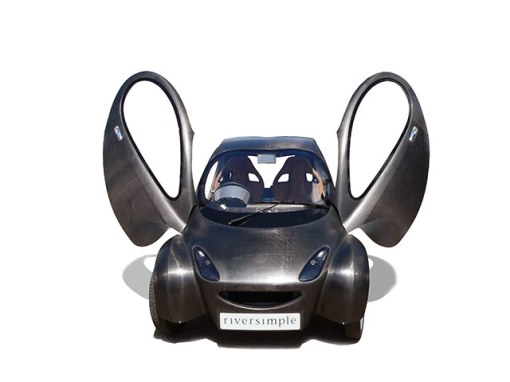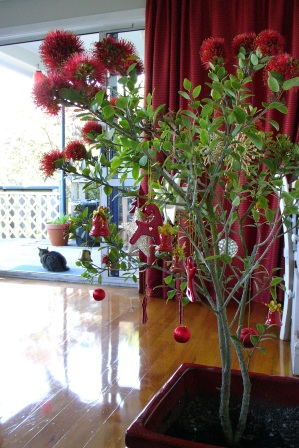
Free Parking: sounds like some kind of recreational creative picnic sport
He aha te mea nui o te ao?
He tangata! He tangata! He tangata!
What is the most important thing in the world?
It is people! It is people! It is people!
In the ‘Good Living’ supplement as part of filthy Christchurch rag The Press the other week was an interesting article on international parking guru Donald Shoup.
Headlined, in one of those sub-editor pun wet dream moments, as ‘Free parking’s true toll’ (I can’t hyperlink to it as it’s pay-to-view only, courtesy of unFairfax so not much point and anyway I’m going to discuss the thing intelligently myself. And you can visit Mr Shoup’s website above, which is far more useful) the article is reprinted from the Los Angeles Times. Not sure why I’m telling you that but when I get my serious blog voice on it feels proper to start acknowledging sources. Actually, one should always acknowledge sources. Anyway…
Why I’m writing about this is that Donald Shoup struck me as someone who fully grasps the double-edged sword of convenience, right way round of course. He also gets the counter-intuitive concept of how the most convenient option is often the least helpful. He’s talking about car parking and the problems it presents to town planning and designing for urban revitalisation.
Now for those of you in danger of nodding off at this stage in a riveting post about parking cars and wondering when the hookers are getting here. Stay with me.
I’m not sure what I like more about Mr Shoup – being 72 and still riding a bike everywhere or the fact he quotes Seinfeld to illustrate his ideas. Here’s where we get to paying for sex. Shoup quotes George Costanza from Seinfeld who likened using a car park building to “going to a prostitute”.
“Why should I pay when, if I apply myself, maybe I could get it for free?”
This line of thinking, in the context of parking, leads to people driving around the block several times waiting for that magical parking space right outside their destination, expending time and fuel in the process. “Maybe if I go round once more there’ll be a free one this time!” Shoup argues that when street parking is free or inexpensive as is the case in many towns and cities, that demand soon outstrips supply and people cruising for parks waste time and fuel polluting the air and congesting the streets. My pet hate is the slow cruise along the line of parked cars, holding up the flow of traffic while searching for a space, usually without the use of indication. Oh yeah, baby…

Is that one? No... Oh! There! No...
Efforts to revitalise town centres often focus on parking – more of it and cheaper please. This is very pertinent in Christchurch, a car-centric city. The central city is constantly under threat from the proliferation of suburban malls with their thousand free car parks above, below and around their monolithic edifices. These places are veritable Cathedrals of Convenience. Central city retailers and the City Council are forever racking their brains about how to stop things falling apart, the centre cannot hold etc. etc. This inevitably rolls around to the retailers bleating at the Council about cars and parking i.e. more and cheaper please. They even managed to convince the Council (despite international research and evidence to the contrary) to allow cars through previously pedestrian-only inner city malls. S’funny really, when what the shops really want is more people inside them not cars cruising past looking for parks.
After ‘The Event’ of September 4th last year, there was a considerable drop in the numbers of people visiting the central city. Not surprising really, even after the cordoned off ‘exclusion zone’ and curfew was lifted, every available space in the media was taken up with images of the ‘catastrophic destruction’ in the central city. After all a fallen down old building makes for a better lead image or back-drop when doing a live news report than the 50 other ones and entire suburbs behind it that are untouched. No wonder people were jittery about going there – everything was apt to fall on their heads. Except for the 99.9% of buildings that were not. Leading up to Christmas this had retailers crying into their lattes with expected crashing sales figures. The City Council responded with making all street parking free for a couple of weeks following the major quake and then over the Christmas build-up giving the first 2 hours free in all buildings and street parking. To me this didn’t seem to make much difference – I noted a lot less cars around and plenty of parking spaces. I’d wager it wasn’t the cost of parking keeping people away from town.

Est celui-là là ? Non... Oh! La? Non...
Shoup’s work harmonises with plenty of international research that demonstrates the more spaces you open up to cars (either driving or parking) then cars just fill them up again. It’s just like those ‘awesome’ tax cuts that bribed a change of government in NZ– how much are you noticing that extra $15 dollars per week even a month after you start getting it? You simply expand your living to absorb the extra ‘dollarspace’. Hopeless. No disrespect to the many economist readers of ToC but tax cuts do NOT improve and enhance our quality of life. Just as cars do not revitalise cities – people do. He tangata, he tangata, he tangata!
Speaking as someone guilty (now reformed) of cruising around looking for free parking, hoping to hit that little jackpot, I get what Donald Shoup is talking about. He advocates for ‘fair-market’ pricing on street parking and making Park & Ride and various other options cheaper and more attractive. Then using the revenue from parking directly for enhancing and revitalising the public space of central cities. Encourage more walking, cycling and other forms of Active Transport.
And I’d throw in to the mix perhaps not allowing any more soul-destroying suburban malls to be built. The tyranny of convenience eh? But that’s another post all in itself.
And by the way, there is no such thing as the Free Parking jackpot in Monopoly. Look it up.







